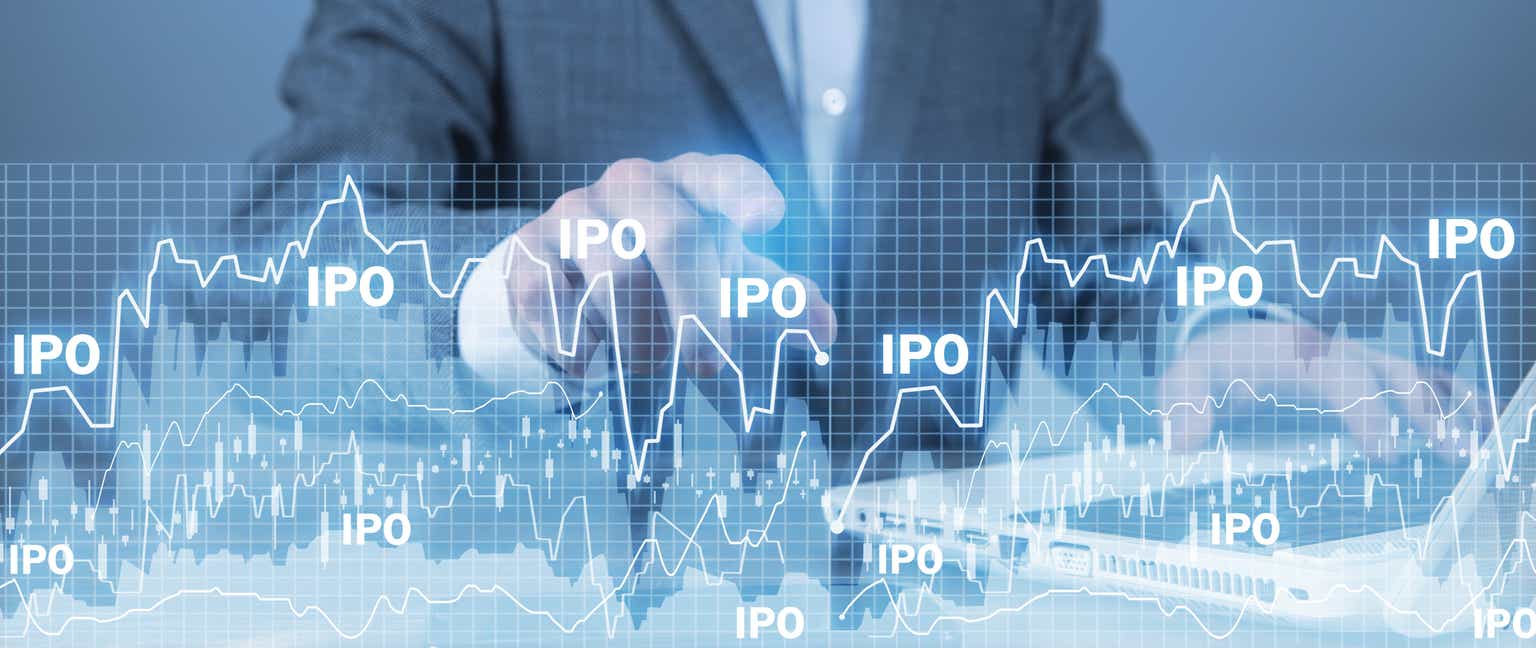Shares of Savers Value Village (NYSE:SVV) have seen a decent public welcome, as shares have risen by more than a quarter after going public at $18 per share. I understand why investors are upbeat on the prospects for the IPO as reuse of products is needed, with focus on ESG and consumers trading down in economic uncertain times pushing up long-term demand.
That said, recent operating momentum feels a bit soft and valuations are far too carried away to get upbeat here.
A Reuse Play
Savers Value Village is an interesting business as its family of thrift stores foster the reuse economy. The mission of the business is to champion reuse and inspire a future where second-hand is second nature. The idea of course is that this is good for people, communities, the planet, and business overall.
The company has more than 4 million loyal members, which shopped for a total of $1.4 billion last year. The nature of the business model makes that over 3 billion pound of goods were diverted from landfills with hundreds of millions paid to non-profit partners to get its hands on these goods.
The company is the largest thrift stores operator and operates more than 300 stores in the US, Canada and Australia, employing over 20,000 workers in these stores. In fact, the company operates 317 stores under a number of different franchises like Savers, Value Village, Village des Valeurs, Unique and 2nd Ave. The company buys some of the product, while receiving donations (at its stores) as well. The hyper local and social mission of the business creates loyalty among stakeholders, with average unit retail prices coming in below $5 per item.
In fact some 279 million items were sold in 2022, most of which entails apparel, although shoes, accessories, kitchenware, and books are often sold items as well. In this sense, the potential and positioning is perfect with ESG awareness on the rise, but the cheaper goods being attractive in a tougher economic environment as well. Pre-pandemic, the company is largely held by Ares, set to hold a majority position post the public offering.
Valuation & IPO Thoughts
Savers Value Village aimed to sell nearly 19 million shares in a preliminary $15-$17 price range, as strong demand made that the offer price was fixated at $18 per share, above the higher end of the preliminary guidance. At this level, the company would obtain $337 million in gross proceeds from the offering, of course, ahead of the potential green shoe option. The strong demand is somewhat surprising, as the company has made multiple attempts in recent years to go public.
With just over 160 million shares outstanding post the IPO, Savers Value Village commands a $2.9 billion equity valuation at the offer price. That is part of the story as the pro forma net debt load stood at $1.4 billion based on the offering documentation (although that the higher offer price makes that a net debt will come down a bit more), for a roughly $4.3 billion enterprise valuation.
Looking at the actual results, we see that the company grew 2022 sales by 19% to $1.44 billion. Operating profits rose in a more modest fashion, being up 13% to $206 million, amidst inflationary pressures across the board. Assuming a 5% cost of debt on a $1.4 billion pro forma net debt load, interest cost will come in at $70 million. After a 25% tax rate, that works down to a $100 million net profit number, equal to earnings of about $0.60 per share. This shows that valuations are somewhat demanding, in part as former owner Ares has saddled the business with quite some debt.
Illustrative of the leverage, the company posted an EBITDA number of $302 million in 2022, revealing that leverage ratios come in near 5 times, still quite elevated.
Moreover, the first quarter results for 2023 show a mixed bag. While sales rose by more than 5% to $345 million, operating earnings were cut in half to just below $16 million, mostly due to higher compensation expenses. Note, however, that preliminary results for April and May show that revenues were up less than 4% to $232 million for the two-month period.
Based on earnings power of $0.60 per share in 2022, the company traded at around 30 times earnings at the offer price, or nearly 40 times given that shares trade at $23 in the first days post the offering. This is high, certainly as operational momentum appears to be cooling down and leverage is high, all factors which make me a bit cautious.
Concluding Remark
Given the valuation discussions above, I have no interest being involved with the shares here. While the long-term promise of the business, that of focus on ESG and creating value for clients, looks highly compelling, there are risks as well.
For starters is that of competition for second-hand goods, and perhaps the realization by these key stakeholders that the company is actually pretty profitable as a result of this business model where it pays little for goods. After all, operating margins came in around the mid-double digits in 2022, pretty impressive margins by all means, certainly for such a kind of business with almost a social mission.
Due to the nature of using second hand goods, there are some safety and quality issues involved in this practice as well, and is relatively labor-intensive (given the enormous volumes being processed). Nonetheless, investors appeared to be carried away as the company sees a long runway for unit growth over time, something which the company still has to demonstrate on of course, and involves capital spending as well.
For me, this remains a no-go, with enthusiasm being carried away a bit by the IPO momentum, as I look forward to finding a bargain for a second-hand stock, perhaps on a significant dip at levels at which valuation multiples be a lot more friendly.
Read the full article here











